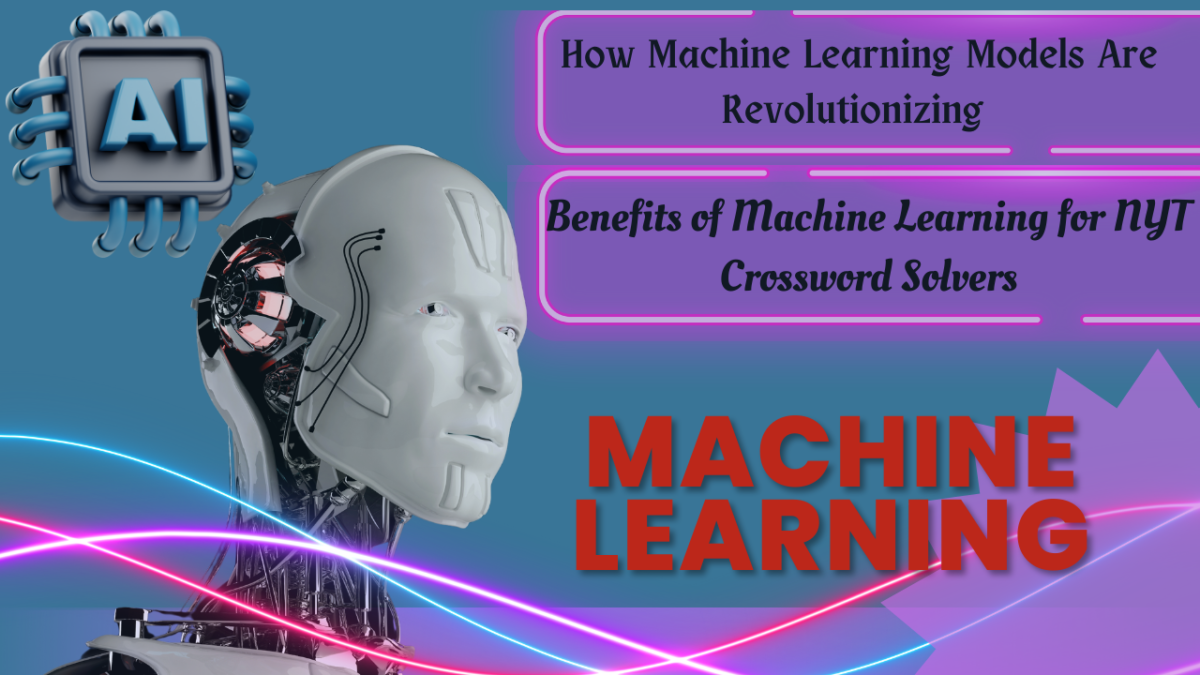Introduction
Machine Learning Models are now playing a key role in reshaping the New York Times (NYT) crossword experience. From enhancing puzzle creation to aiding solvers, machine learning has introduced a new level of intelligence to one of the world’s most popular puzzles. The integration of machine learning into the NYT crossword is not only exciting for tech enthusiasts but also elevates the solving experience for long-time fans. In this article, we explore how machine learning models are being applied to the NYT crossword, and why this development is creating a buzz in both the tech and puzzle communities.
How Machine Learning Models Work in the NYT Crossword
At the heart of the transformation is the power of machine learning. These models analyze massive amounts of data and patterns, allowing them to predict and suggest puzzle answers with unprecedented accuracy. The machine learning models for the NYT crossword works by training on previous crossword puzzles, recognizing word pairings, clues, and answers to generate solutions that mirror human expertise.
The model learns from millions of data points, including past puzzles and linguistic trends, making it adept at recognizing common crossword tricks and themes. This predictive power helps not only puzzle solvers but also puzzle creators, who can now build more engaging and challenging crosswords by leveraging AI.
Benefits of Machine Learning for NYT Crossword Solvers
- Improved Solving Accuracy: Machine learning tools provide solvers with hints or solutions to difficult clues by analyzing language patterns. This reduces frustration and enhances the puzzle-solving experience, particularly for beginners.
- Real-Time Suggestions: As you work through a crossword puzzle, machine learning algorithms can suggest possible answers based on the letters you’ve already filled in. This feature helps speed up the process for those solving puzzles on tight schedules.
- Personalization: Advanced models can analyze your solving habits over time and offer personalized puzzle recommendations that match your skill level. This ensures solvers are always challenged but never overwhelmed.
Machine Learning in Puzzle Creation
For puzzle creators, machine learning models open up exciting new possibilities. Traditionally, creating a high-quality crossword puzzle is a painstaking process requiring creativity, time, and attention to detail. Machine learning simplifies this process by:
- Generating Clues and Themes: By analyzing past crosswords, machine learning models can generate clever and original clues that fit within a given theme, reducing the time needed to create challenging puzzles.
- Ensuring Word Fit: The models can predict which words will fit seamlessly into a grid, maintaining the puzzle’s overall flow and quality.
- Minimizing Human Error: Since machine learning models can analyze word patterns and constraints, they minimize errors that may occur during manual puzzle creation, leading to smoother solving experiences.
The Future of Machine Learning and Crossword Puzzles
The future of machine learning in crossword puzzles looks promising. As these models continue to improve, we can expect even more interactive and engaging puzzles, where AI works alongside humans to enhance creativity and challenge. Furthermore, the continued integration of AI into puzzle-solving apps and platforms will make crossword puzzles more accessible to a broader audience.
Conclusion
Machine learning models are revolutionizing the NYT crossword, offering both solvers and creators new tools to enhance their experience. As this technology evolves, it will continue to push the boundaries of what puzzles can achieve, providing exciting opportunities for both casual solvers and seasoned crossword enthusiasts alike. Whether you’re a tech fan or a crossword lover, this development is one to watch.
Related posts
Subscribe
* You will receive the latest news and updates on your favorite celebrities!

